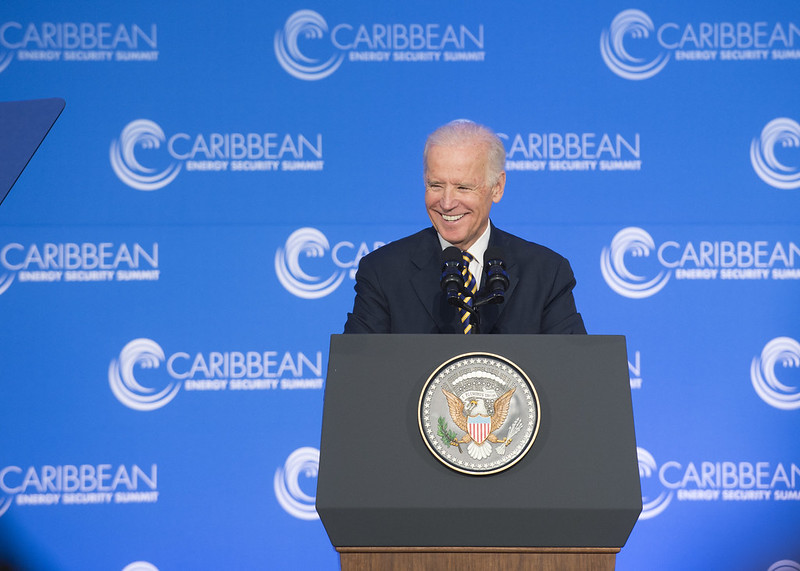
Joe Biden, as presidential contender, has not talked much about his own proposals, instead smartly focusing on COVID and President Trump. A new study from the Hoover Institution (22 October) on Biden’s economic proposals shows a “damaging impact on growth, job creation, and household income,” reports WSJ editors.
Bidenomics – $6,500 in Median Household Income
The Hoover study examines proposals from Democrats on health insurance, taxes, energy and regulation. The authors of this are economists Timothy Fitzgerald, Kevin Hassett, Cody Kallen and Casey Mulligan. Messrs. Hassett and Mulligan were members of the Council of Economic Advisers in the Trump White House, but then the boosters of Bidenomics are veterans of the Clinton-Obama Administrations.
Hoover: Will Biden’s Proposals Slow or Boost the Economy?
“Mr. Biden denies he supports the Green New Deal, but his plans to promote electric vehicles and phase out fossil fuels go far beyond anything Mr. Obama proposed.”
Promote Electric Cars/Phase Out Fossil Fuels
- The electrification of most passenger cars would increase the per capita demand for electric power by 25% even as more than 70% of baseline electric power from fossil fuels would go offline.
- Bridging this supply-demand gulf would require enormous subsidies and far more investment and labor to achieve the same energy output. Mr. Biden’s energy plans would cut total factor productivity by 1%-2% across the entire economy.
Expanding (above age 60) the Affordable Care Act and Medicare (versus 65 now).
- These subsidies affect the incentive to work, and the authors estimate the ACA changes would increase the average marginal tax rate on labor by 2.4 percentage points. That’s nearly half as much as the six percentage points from the original ACA, which is part of the explanation for the agonizingly slow labor recovery in the Obama era.
Business Tax Rates
- Biden’s proposal on substantial increases in business tax rates will raise the cost of capital. “The former Vice President likes to say he’d only raise the top corporate tax rate to 28% from 21%. But so-called pass-through entities (often small businesses) employ more than 40 million Americans, and most pay taxes at the individual tax rate.”
Lower Full-Time Employment by 3%
- Biden’s agenda would “reduce full-time equivalent employment per person by about 3%, the capital stock per person by some 15%, and real GDP per capita by more than 8%. Compared to Congressional Budget Office estimates for these variables in 2030, this means there would be 4.9 million fewer working Americans, $2.6 trillion less in GDP, and $6,500 less in median household income.”
Raise Personal/Payroll Tax to 50%+
- “Biden’s plan to raise personal income and payroll tax rates would push their federal rates from below 40 percent to, often, above 50 percent, and these are on top of state income taxes.”
- Biden would also raise capital costs by phasing down bonus depreciation in the 2017 tax reform, and he’d raise labor costs by imposing the 12.4% Social Security payroll tax to income above $400,000. The $400,000 threshold isn’t indexed for inflation so it would apply to ever-more Americans as the years go by.
Media Ignore Bidenomics
The WSJ reports that there is much more in the Hoover study, especially on the costs of returning to Obama-style regulation. Most of the media probably will ignore it, warn WSJ editors, which is why the WSJ is providing readers with more than usual detail.
The risk from Joe Biden’s policies isn’t that they will send the economy reeling right away. The problem is that they will have a long-term corrosive impact by raising the cost of capital, reducing the incentive to work and invest, and reducing productivity across the economy. Americans will pay the price in a lower standard of living than they otherwise would—and that they deserve.”




